By Afshin Majlesi
TEHRAN - For avid travelers, sightseers, and even researchers, who take a fancy to feel extraordinary scenes or a first-hand cultural experience, now is the time.
Some believe a visit to Iran in Muharram, and especially during the first ten days of the lunar month, could be comparable to a visit to China during the Lunar New Year or Europe during the Christmas season.
For Iranians, Ashura is a solemn day of mourning, marked by various mourning rituals and passion plays re-enacting the martyrdom. Men and women, dressed in the black, parade through the streets, slapping their chests and chanting. Some people seek to emulate the suffering of their third Shia Imam by flagellating themselves with chains in a symbolic act.
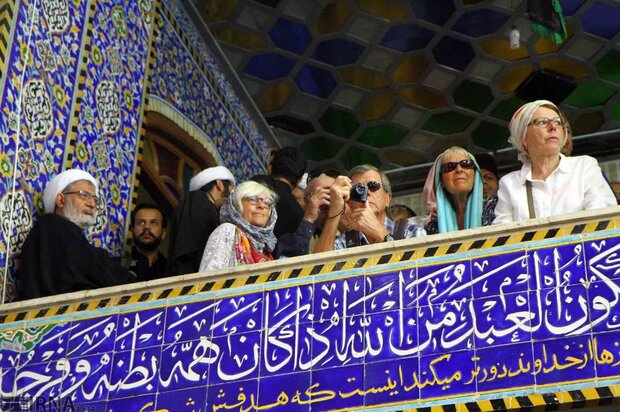
As a foreign traveler, you are highly welcomed by mourners. However, you are expected to show respect for the sorrow of the locals these days. You are not expected to wear black as a tourist, just an acceptable covering of your body and hair for women is appreciated. Laughing loudly in the public may also be frowned upon.
During Tasu’a and Ashura, when the public mourning reaches its climax, a lively atmosphere prevails in all corners of the country to commemorate the martyrdom of Imam Hussein (AS), a grandson of the Prophet Muhammad (PBUH), slain in 680 CE at Karbala in modern-day Iraq.

You may be interested to know that the core meaning of Muharram is beyond such mere bereavement and commemoration of the past. You may even conclude that Karbala was an actual and metaphorical venue where the Truth confronted the Lie, where justice spoke vibrant and audible in the face of prejudice, and where courage, passion, and devotion preceded attachment, worldliness, and obstinacy.
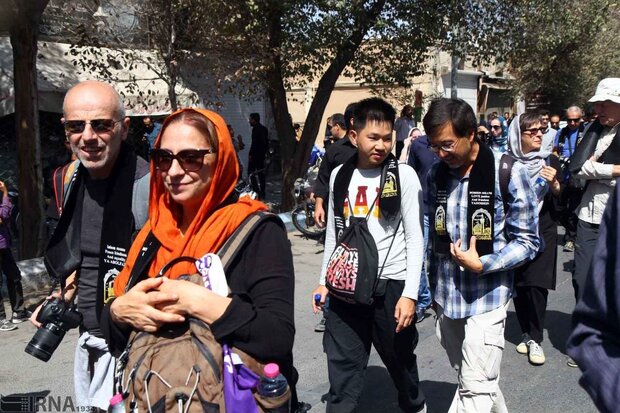
From a theological perspective, religious rituals are perhaps a revival of collective memories that help shape what is known as collective identity, an essential foundation for a sense of belonging. One such ritual is the mourning ceremonies which are rich in symbols and historical values.
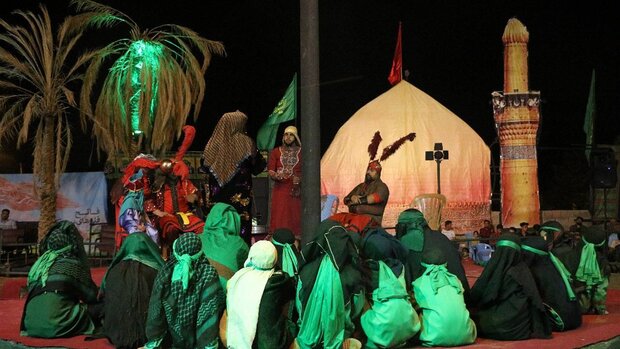
They say the commemoration of Ashura is a tribute to truth and justice and condemnation of tyranny anytime and anywhere. This is perhaps one of the many reasons why a day like Ashura can never be overlooked, as these rituals encompass universal values that will never wear out.
The saga, however, is narrated to tell us that compared to the Pyrrhic and momentary victory of injustice, integrity and honesty will always stand the test of time as today the life of Imam Hussein (AS) is honored by millions across the world while the account of his enemies is nearly lost in oblivion. The story also lives to tell us that the majority is not always right. Even if the army of Truth is small, it still is magnanimous in what it stands for.
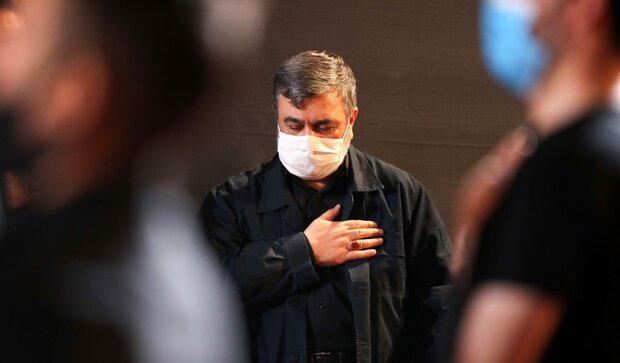
Religious ceremonies in Iran more than often include food offerings, whether they are held at public venues like mosques or private residences. These communal gatherings are also a kind of forum where friends, acquaintances, and neighbors meet over food that is served after the ceremonies.
During Muharram, every village, township, city, or metropolis is abuzz with preparation for food offerings known as Nazri, the processions of which are usually sponsored by wealthy benefactors.
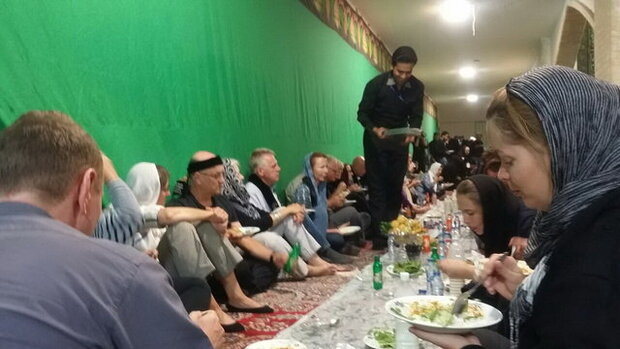
On Tasu’a and Ashura, each neighborhood sets stands to offer food to the mourners and the passersby. Also, households provide dishes to their neighbors by distributing parcels to houses or hosting mourning ceremonies inside their homes and asking people to join by invitation.
All and all, many tour opeartors and travel isiders believe it may be a lifetime experience to visit the Islamic Rebublic during Muharram.
Mourning in Muharram
Historically speaking, the army of Caliph Yazid laid siege to Imam Hussein (AS) and his followers in the desert near Kerbala on the first day of Muharram. The Imam and his loyal supporters were massacred in battle 10 days later after he had refused to pledge allegiance to Yazid.
For Shia Muslims all over the world, this is a special but extremely sad day. Muharram and the following month, Safar (which includes commemoration of the aftermath of Karbala) are a period of lamentation. War and fighting are prohibited during Muharram and festivities like weddings and birthdays are usually postponed to more appropriate days. People generally wear black out of respect or at least avoid wearing very bright colors.
‘Azadari’ is the Persian word for mourning, stemming from the word Azaa. The literal meaning of Azaa is twofold. Firstly, it indicates ‘patience’ and ‘perseverance’ and secondly, when used as a verb, it implies consolation and solace that comes as a gradual result of that patience. In many cultures, the act of consolation has a ritualistic face, and it is therefore systematic and easy to follow as it provides its very own logic, symbolism, and paradigms.
The ritualistic bereavements of Muharram are a platform where various artistic genres like literature, painting, music, fiction, and drama are reconciled. During Muharram, apart from mosques, each neighborhood sets up its establishment for the ceremonial processions of the month known as ‘Tekkiyeh’, which are venues for the gathering of mourners known as ‘heyat’ (literally meaning group or delegation) who honor the life of Imam Hussein (AS).
The resilient beat of drums and a few other instruments are heard as people weep in the hymns and men in black rhythmically flagellate their backs with two pairs of chains and beat their chests with open palms. This ritual is known as Sineh-Zani (beating the chest).
Other communal forms of mourning include Tazieh, which is a passionate play usually performed during the first ten days of Muharram, culminating in a passionate and emotional peak on the tenth (Ashura). Stories and characters involved in the Karbala battle are enacted by men and young children. Needless to say, these rituals are region specific and quite diverse. Major theatre houses in Iran also stage plays relevant to this month. Tazieh, which recounts religious events, historical and mythical stories, and folk tales, was registered on UNESCO’s List of the Intangible Cultural Heritage of Humanity in November 2010.
Facts
Muharram is the first month of the Islamic calendar and therefore the 1st day of the month marks the Islamic New year. Since the Islamic calendar is lunar, Muharram moves from year to year. This is while the Persian New Year falls on July 30, 2022, according to the solar calendar.
Muharram (derived from the word Haram, meaning forbidden) is one of the four sacred months of the year in which war is prohibited.
All government offices, universities, sporting arenas, cinemas as well as most tourist attractions like museums are closed during Tasu’a (Sunday, August 7, 2022) and Ashura (Monday, August 8, 2022). Most of the restaurants are closed in Ashura as well.
In Islamic and Persian culture, the 3rd, 7th, and 40th day of birth and particularly death are significant dates. Arbaeen (literally meaning forty in the Arabic Language) which marks 40 days after the death of Imam Hussein (AS) is also a typical period of mourning for Muslims.
During Muharram, particularly on Tasu’a and Ashura, people refrain from doing or saying things that may violate the honorable spirit of the month. Television and radio channels alter their timings and programs to accommodate more religious sermons, mourning songs, live ceremonies, and films about the spirit of the month.
Black as the color of mourning during this month is visible in people’s attire, banners hanging from buildings, billboards, decoration of city walls, and in the writings on the rearview windows of cars.
The night of Ashura in Iran is called Shaam-e Ghariban, meaning “the night of strangers” and those who are far from home and help. People light candles in holy places and gatherings in every corner of the country.
The tragedy is also observed in some other countries with sizeable Shia communities, including Iraq, Afghanistan, Azerbaijan, Bahrain, Lebanon, Pakistan, Saudi Arabia, and Syria.

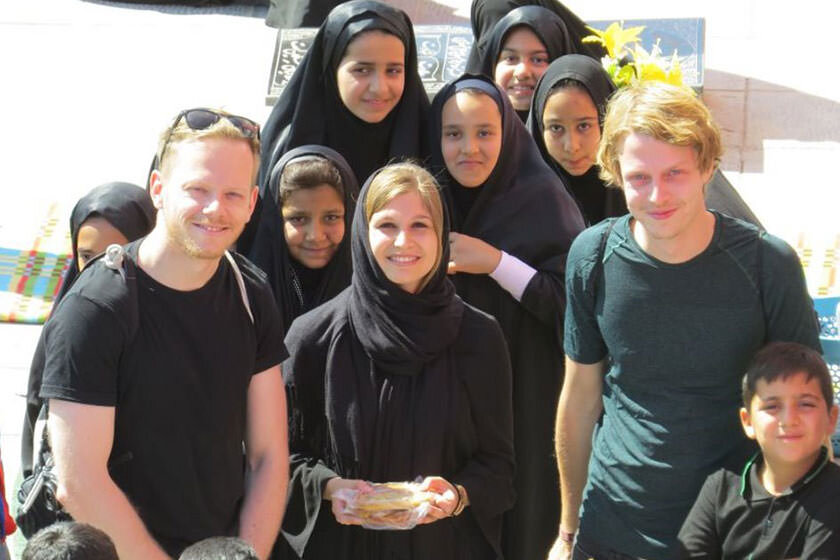
No comments:
Post a Comment